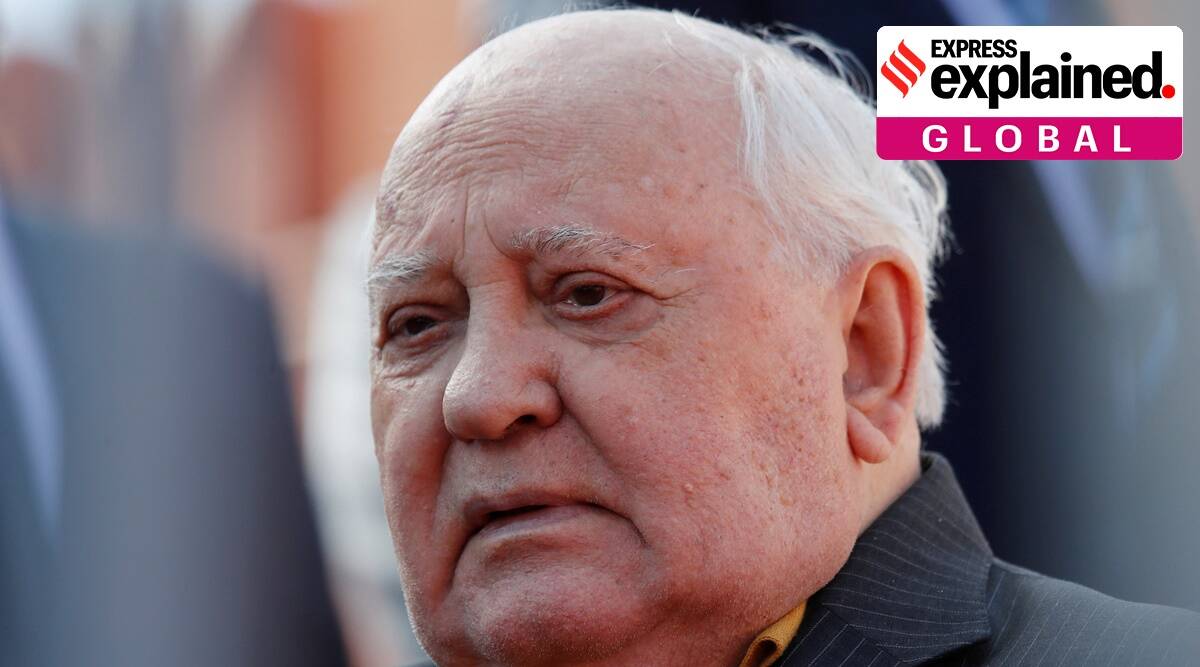Free Courses Sale ends Soon, Get It Now


Free Courses Sale ends Soon, Get It Now



Copyright infringement not intended
Context: Mikhail Gorbachev, the last leader of the Union of Soviet Socialist Republics, has died at the age 91.
Details:
Perestroika
Glasnost
© 2024 iasgyan. All right reserved